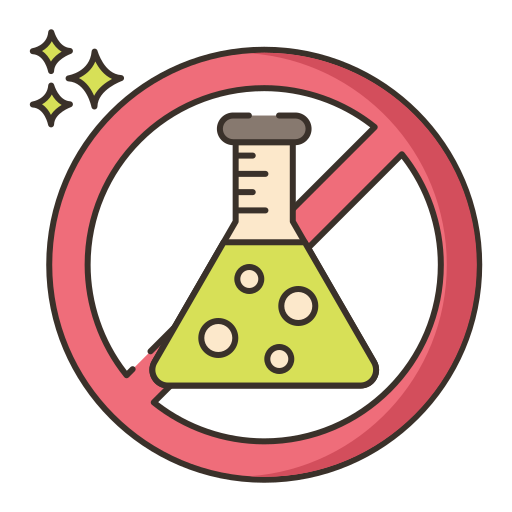ZINC CHLORIDE
Functions: Oral Care, Soothing



Description
Zinc Chloride is a white crystalline solid. In cosmetics and personal care products, Zinc Chloride is used in the formulation of dentifrices, mouthwashes, skin care products, hair conditioners and bath products.
References
- CPS&Q (Consumer Products Safety & Quality) formely known as ECB (European Chemicals Bureau). 2008. Classification and Labelling: Chemicals: Annex VI of Directive 67/548/EEC through the 31st ATP.
- California EPA, Office of Environmental Health Hazard Assessment. Air Toxics Hot Spots Program Risk Assessment Guidelines, Part III: Technical Support Document
- California EPA, Office of Environmental Health Hazard Assessment. Air Toxics Hot Spots Program Risk Assessment Guidelines, Part III: Technical Support Document
- EC (Environment Canada). 1994. Accelerated Reduction/Elimination of Toxics (ARET). ARET substance list of persistent, bioaccumulative and toxic chemicals.
- EC (Environment Canada). 2008. Domestic Substances List Categorization. Canadian Environmental Protection Act (CEPA) Environmental Registry.
- EPA (U.S. Environmental Protection Agency). 1999. Toxics Release Inventory Program. PBT Chemical Rule.
- European Commission. 2013. Cosing, the European Commission database with information on cosmetic substances and ingredients. Accessed on March 1, 2013 at http://ec.europa.eu/consumers/cosmetics/cosing/ .
- FDA (U.S. Food and Drug Administration) 2006. Food Additive Status List. Downloaded from http://www.cfsan.fda.gov/%7Edms/opa-appa.html, Oct 16, 2006.
- FDA (U.S. Food and Drug Administration). 2008. EAFUS [Everything Added to Food]: A Food Additive Database. FDA Office of Food Safety and Applied Nutrition.
- Frazier , L. and M. L. Hage (eds.). Reproductive Hazards of the Workplace, Wiley Europe, 1998. Table 10 (Partial List of Reproductive Toxicants) available at http://www.pharmacy.ohio-state.edu/homepage/safety/chemhygiene_table_repro.pdf.
- NLM (National Library of Medicine). 2006. HazMap — Occupational Exposure to Hazardous Agents.
- NLM (National Library of Medicine). 2012. PubMed online scientific bibliography data. http://www.pubmed.gov.